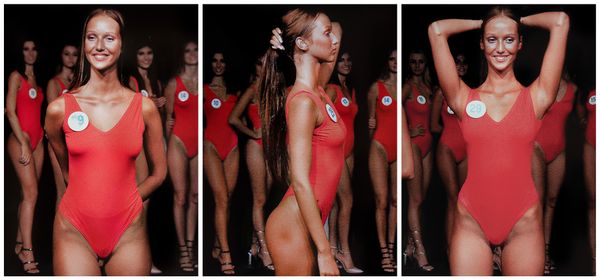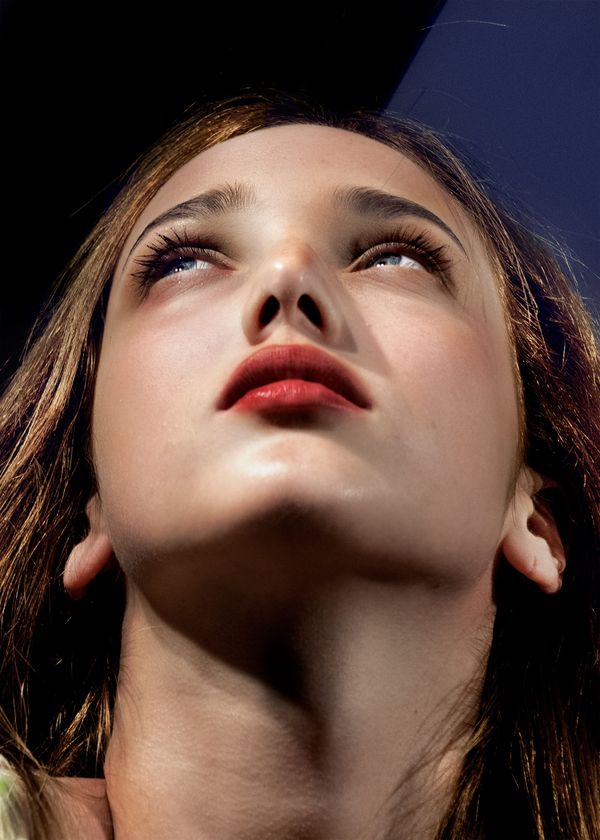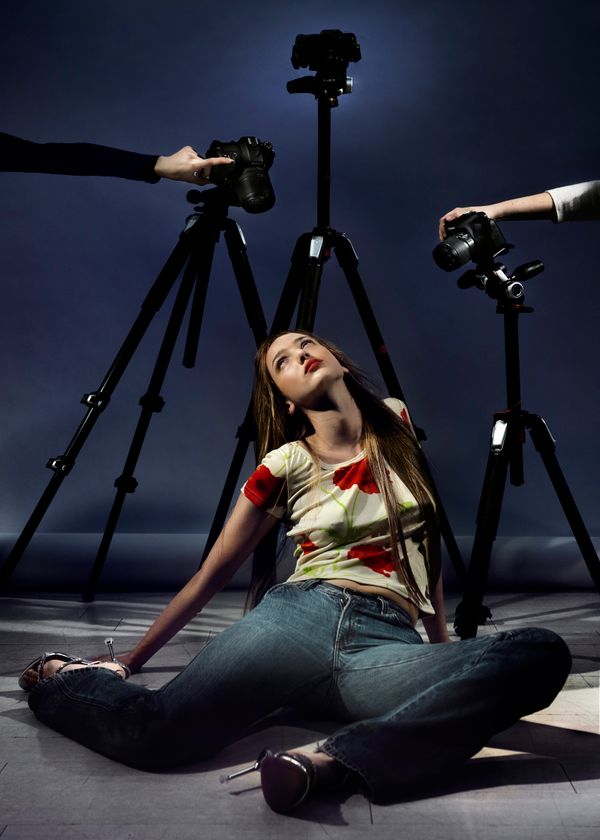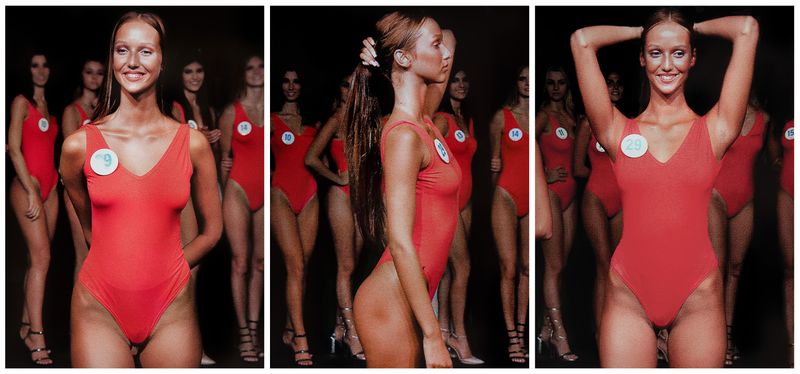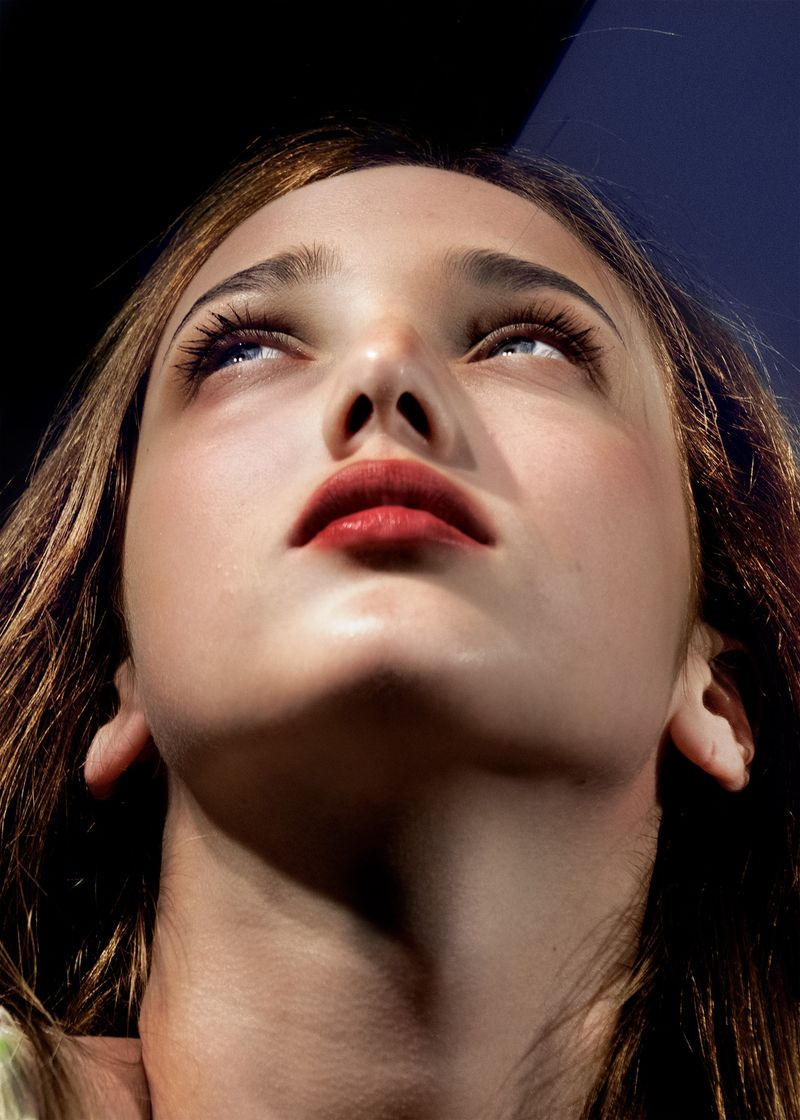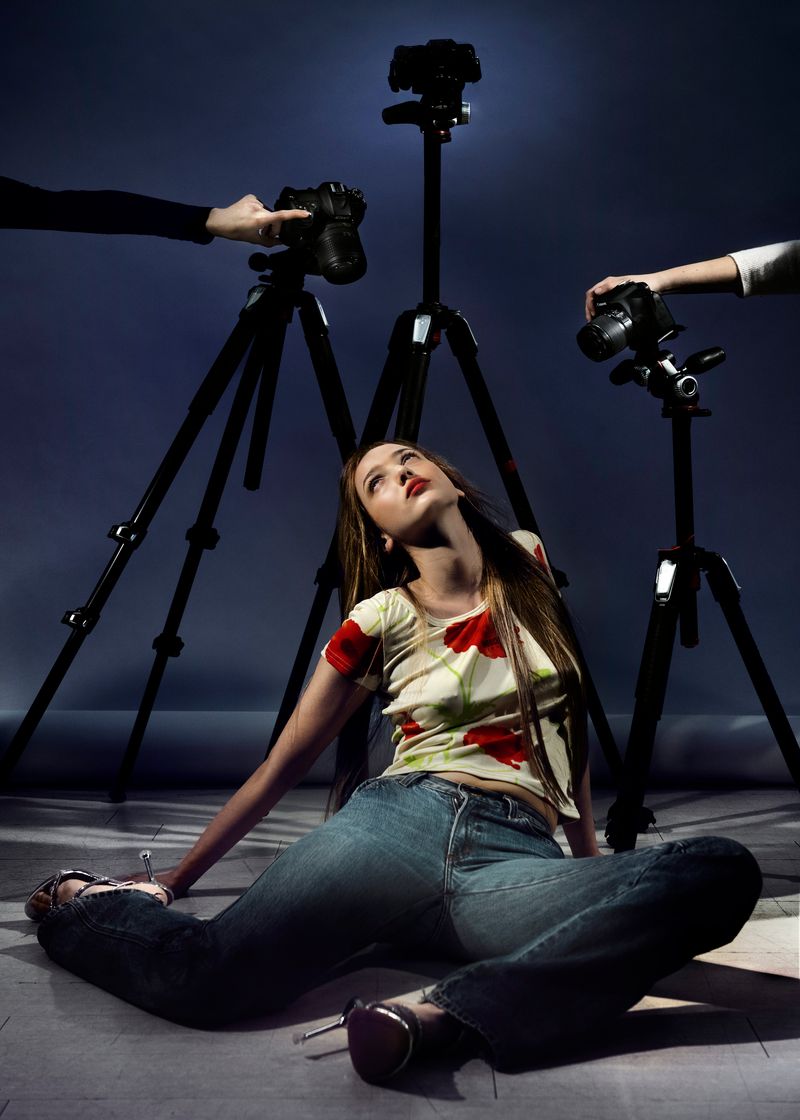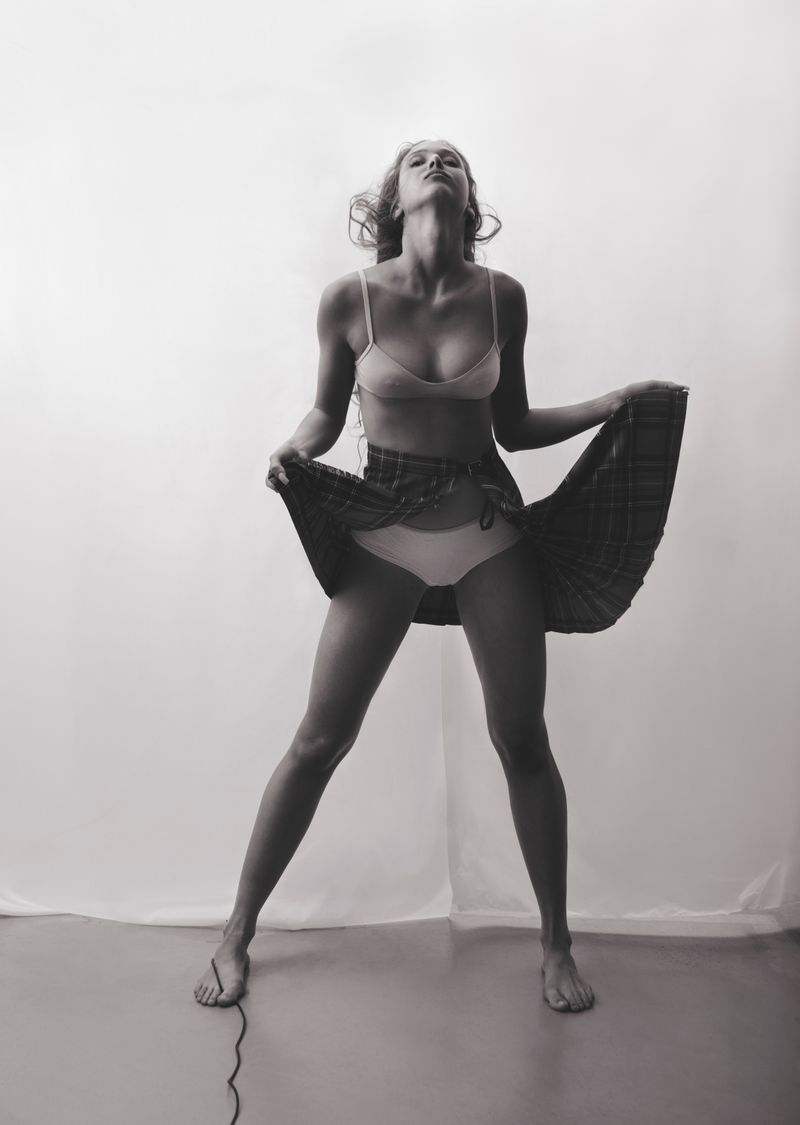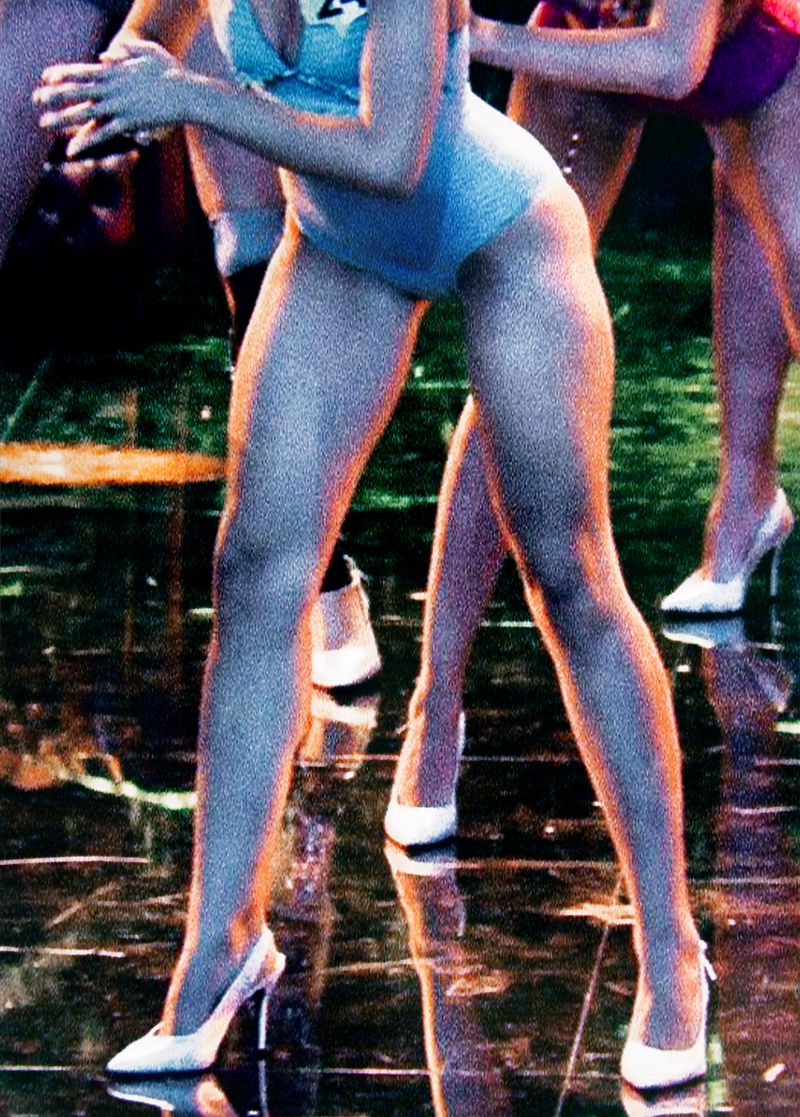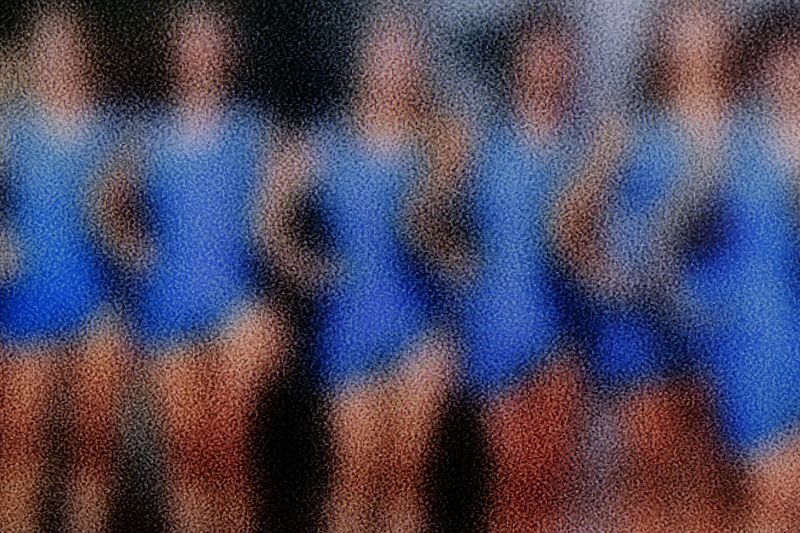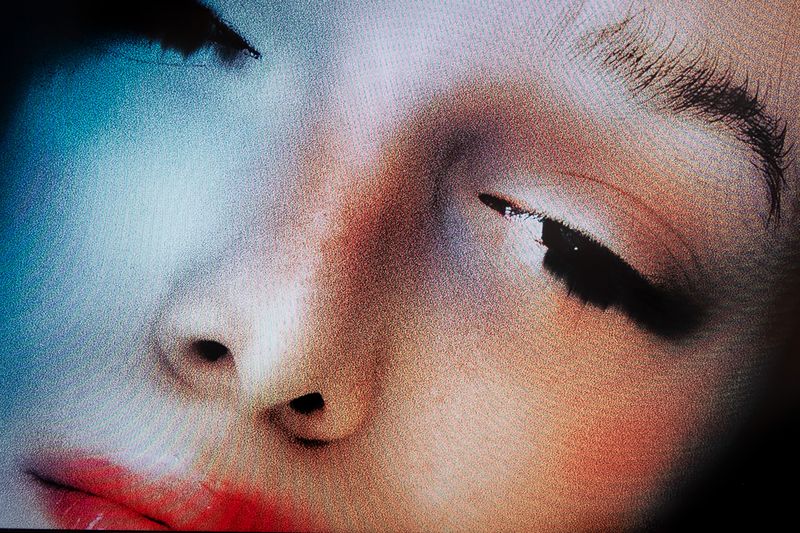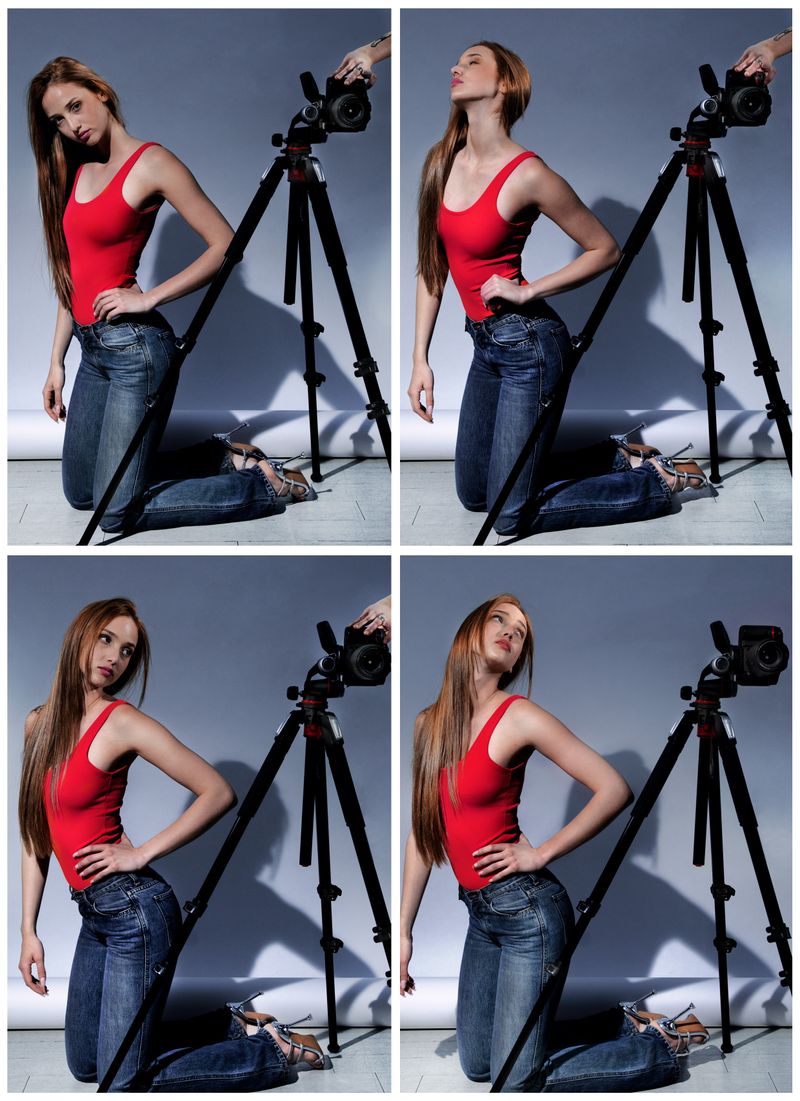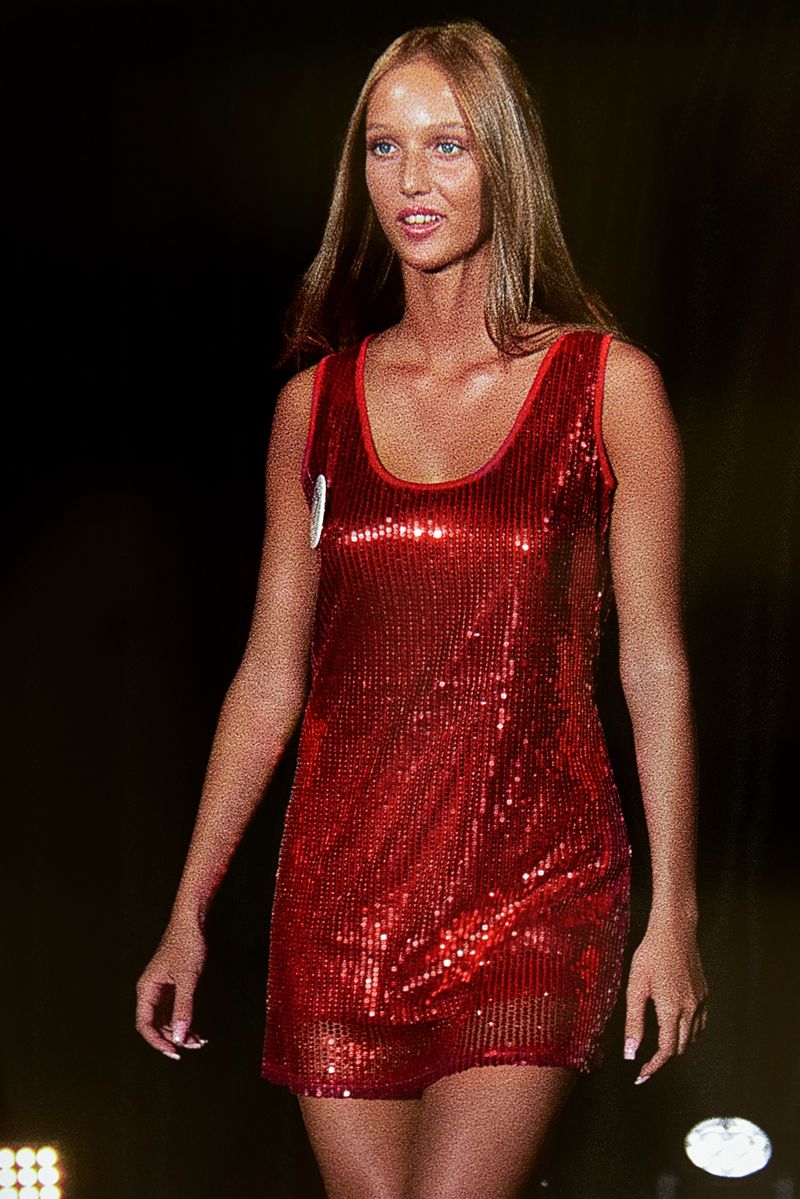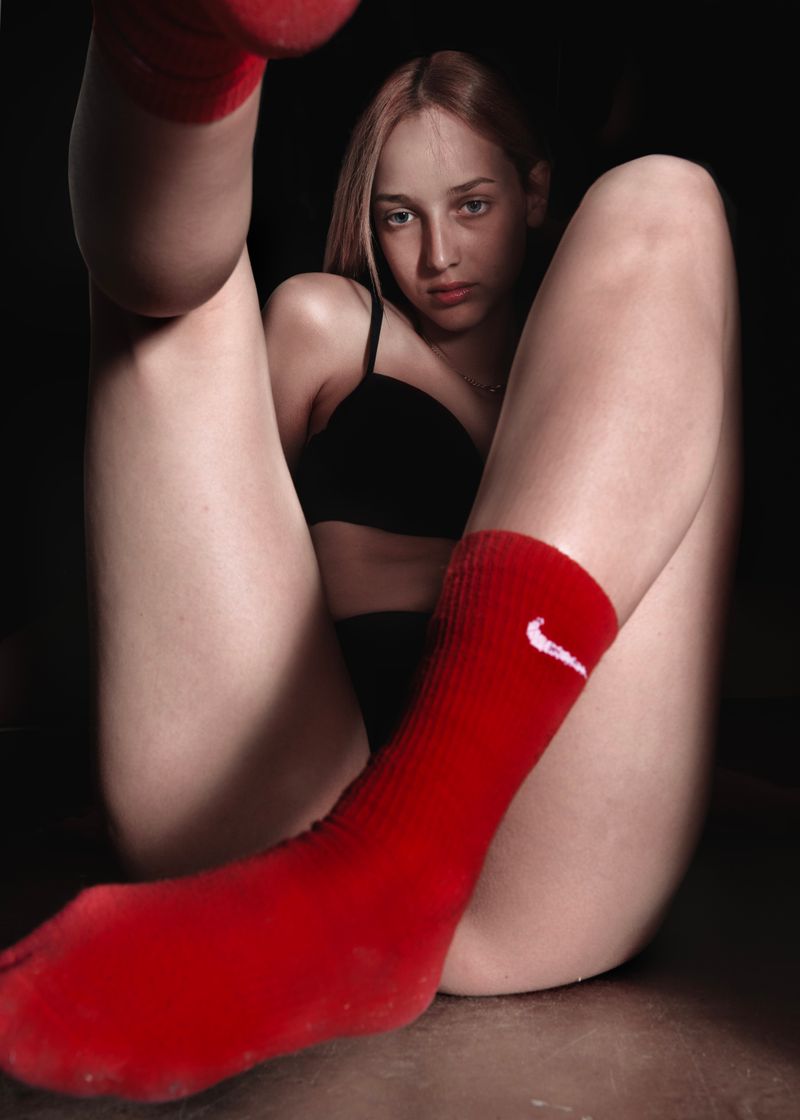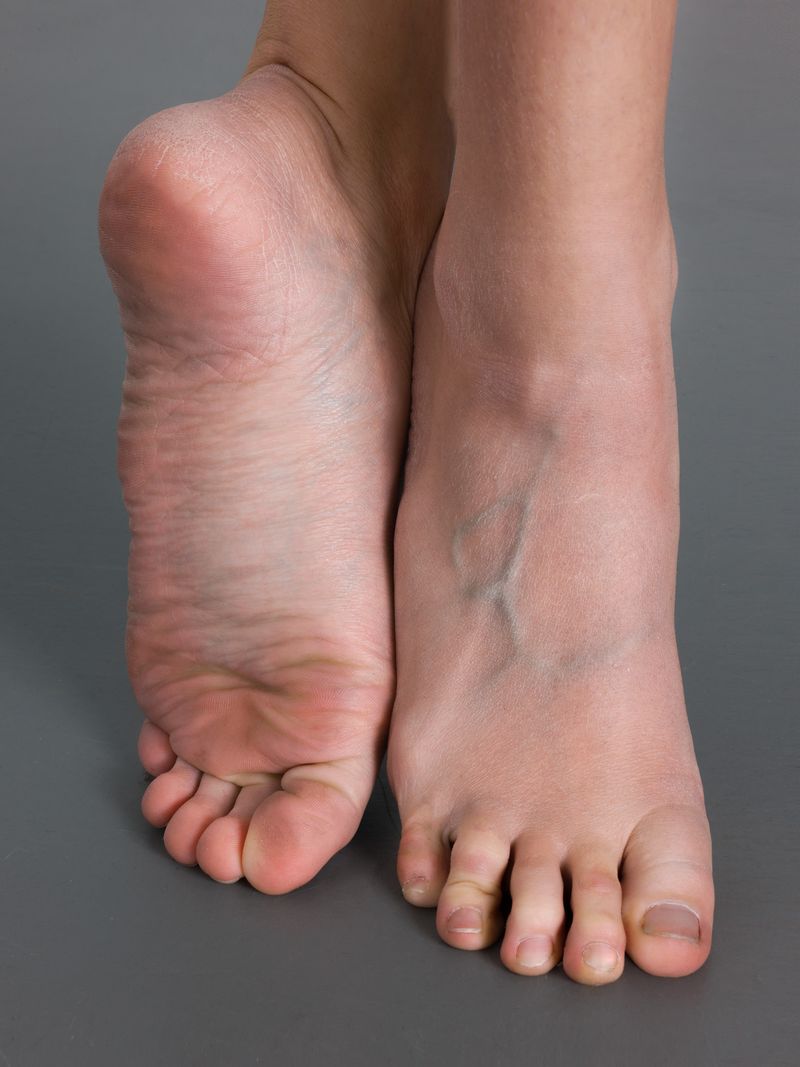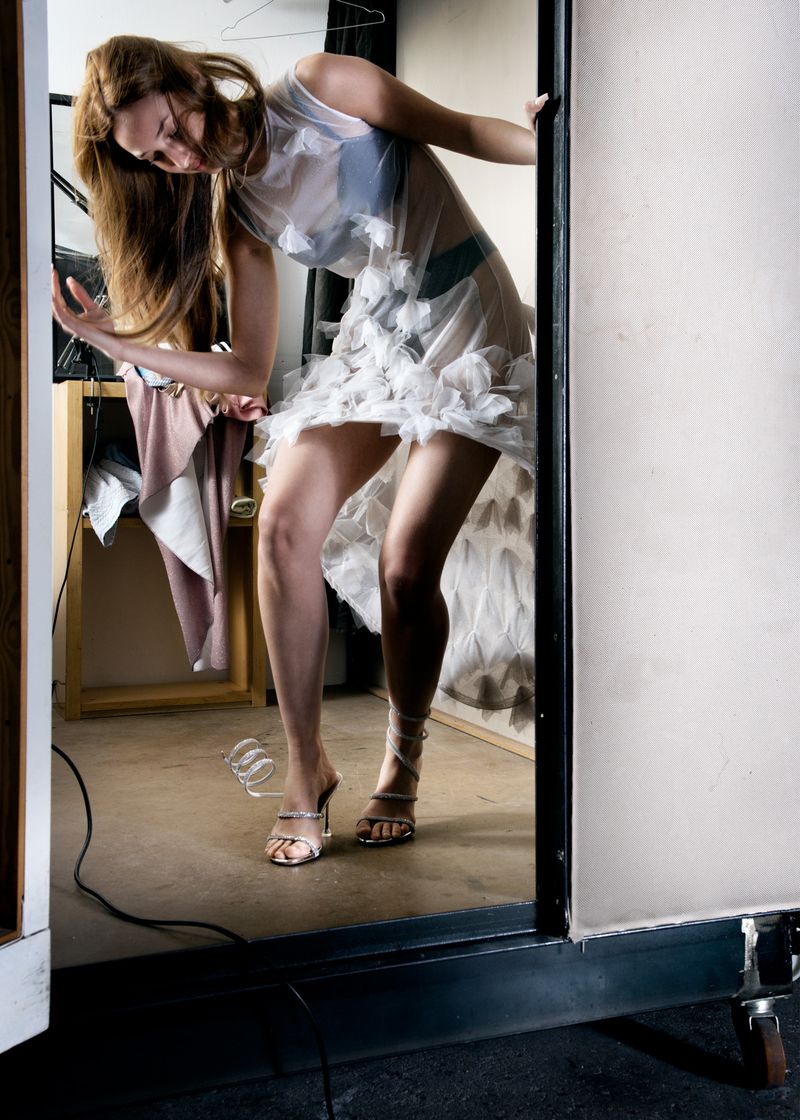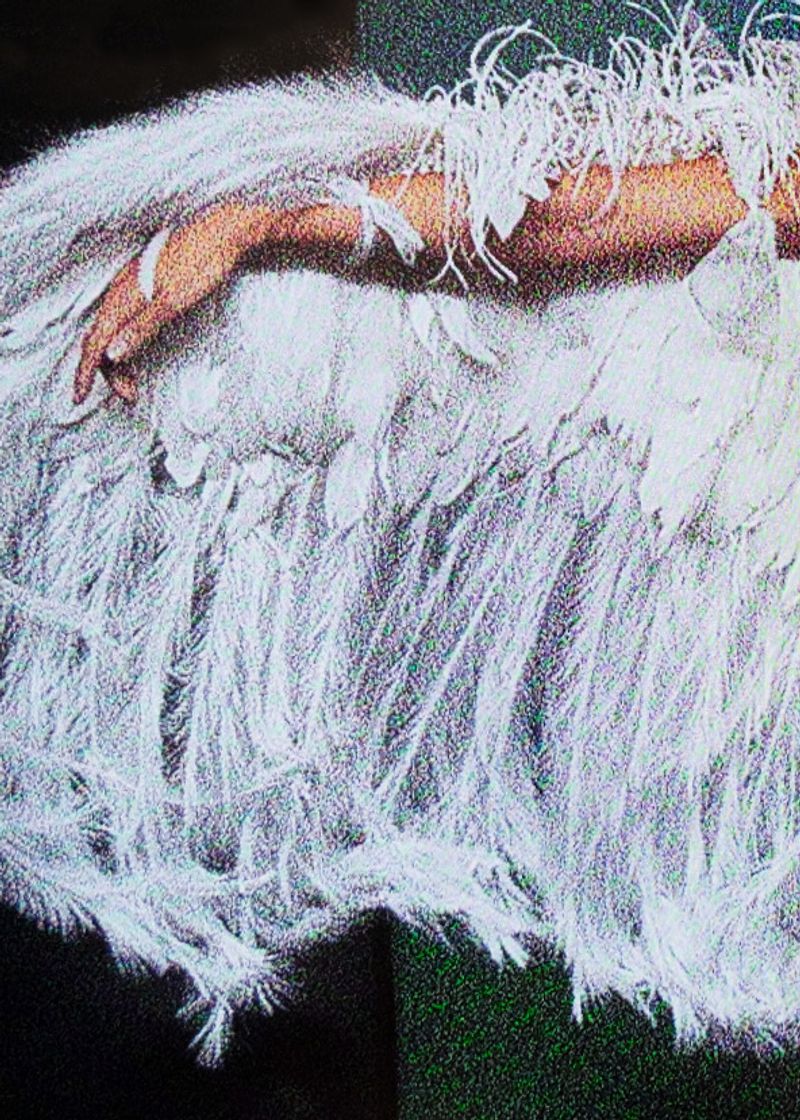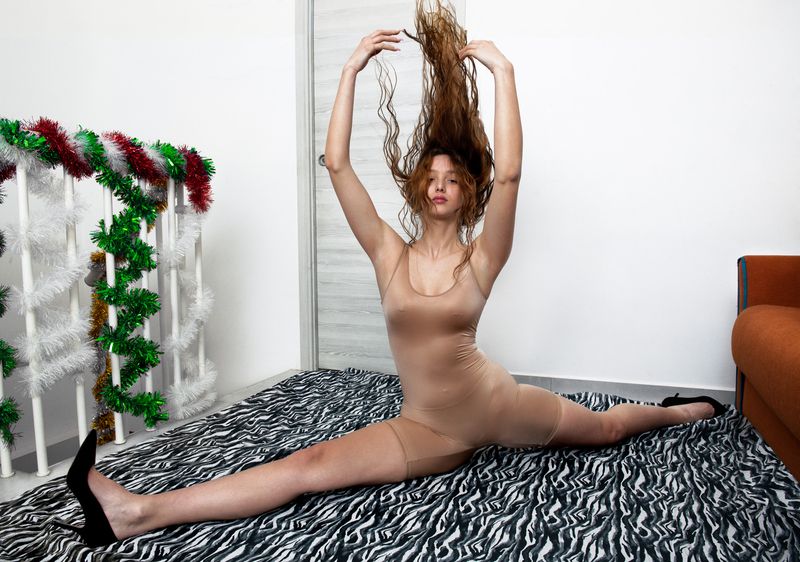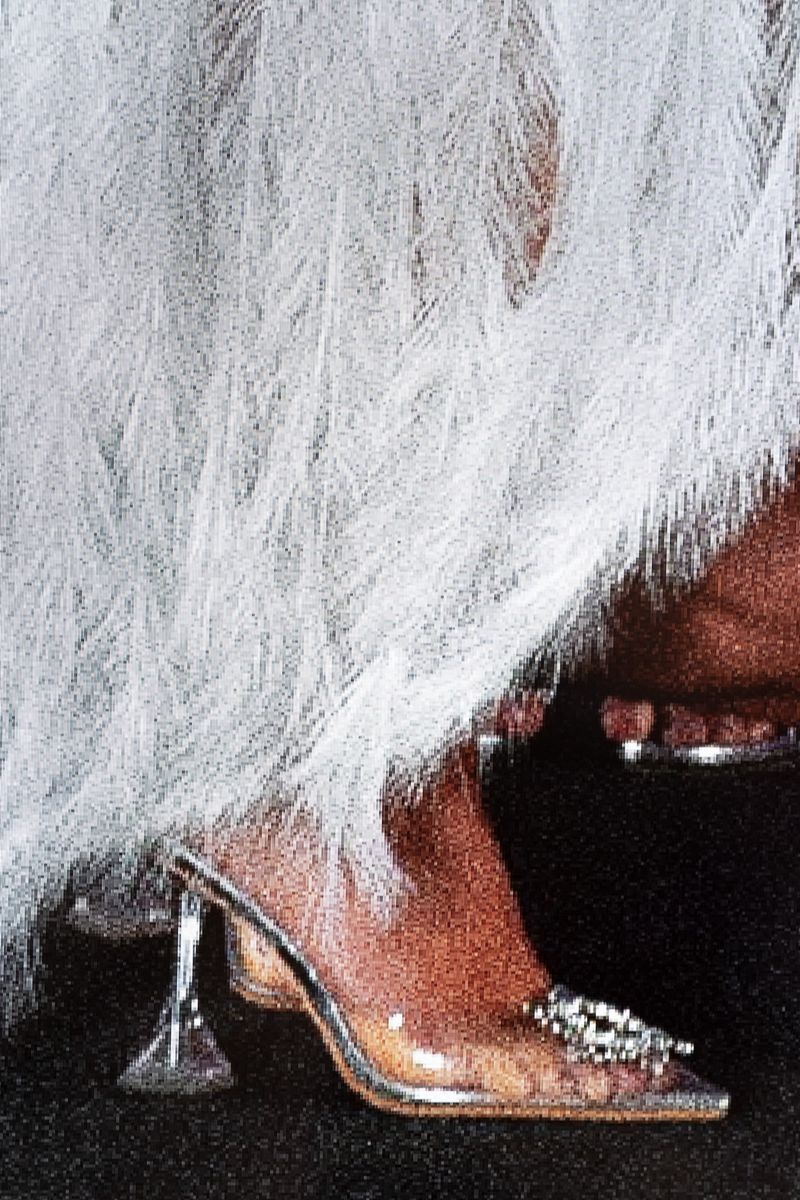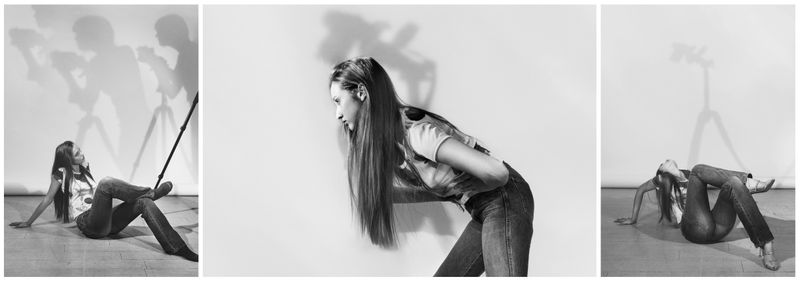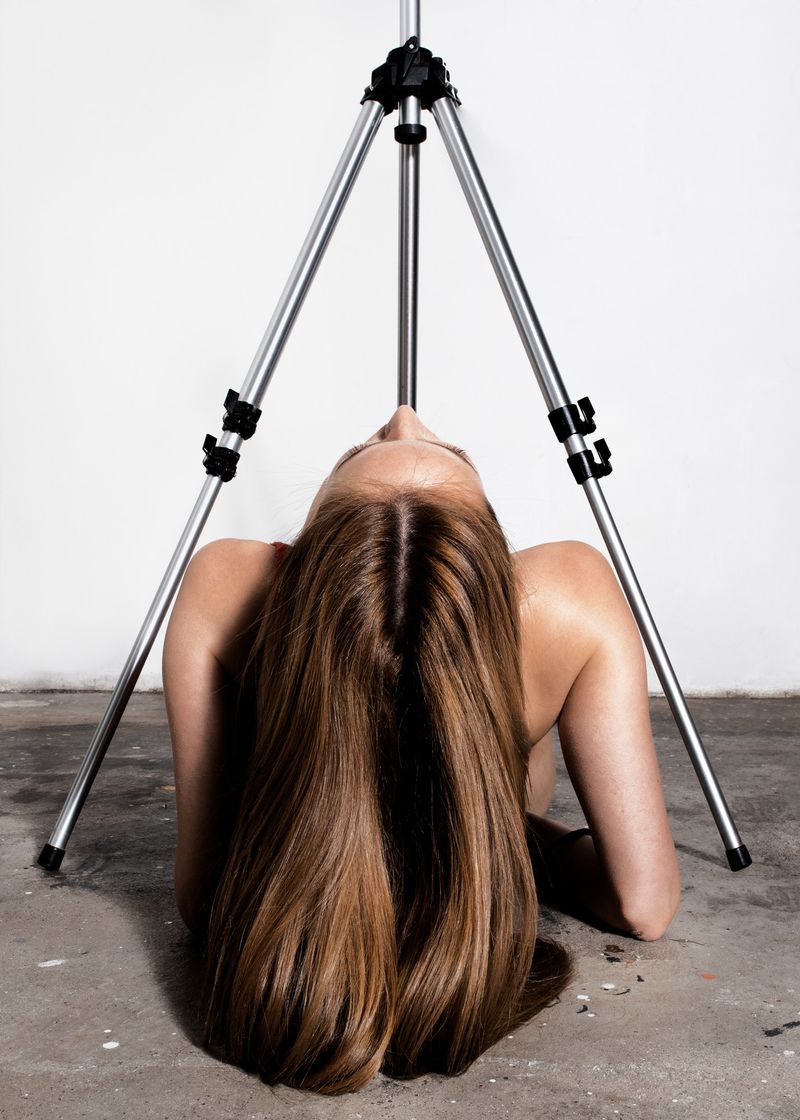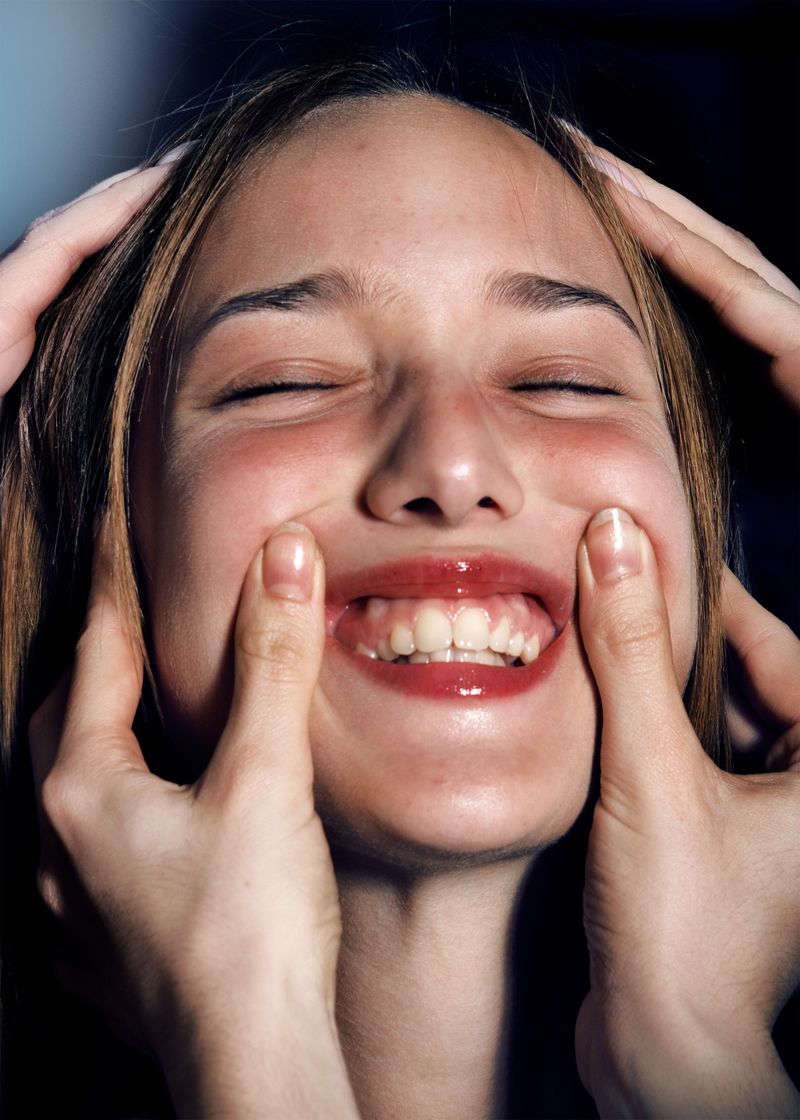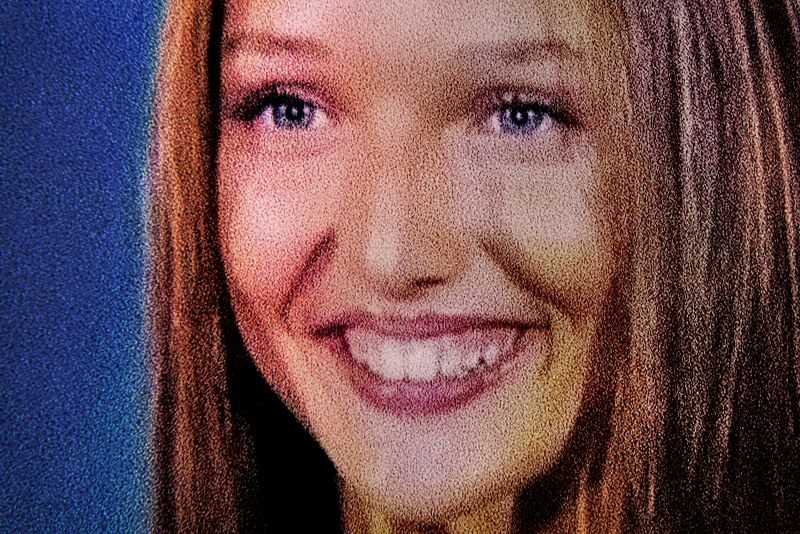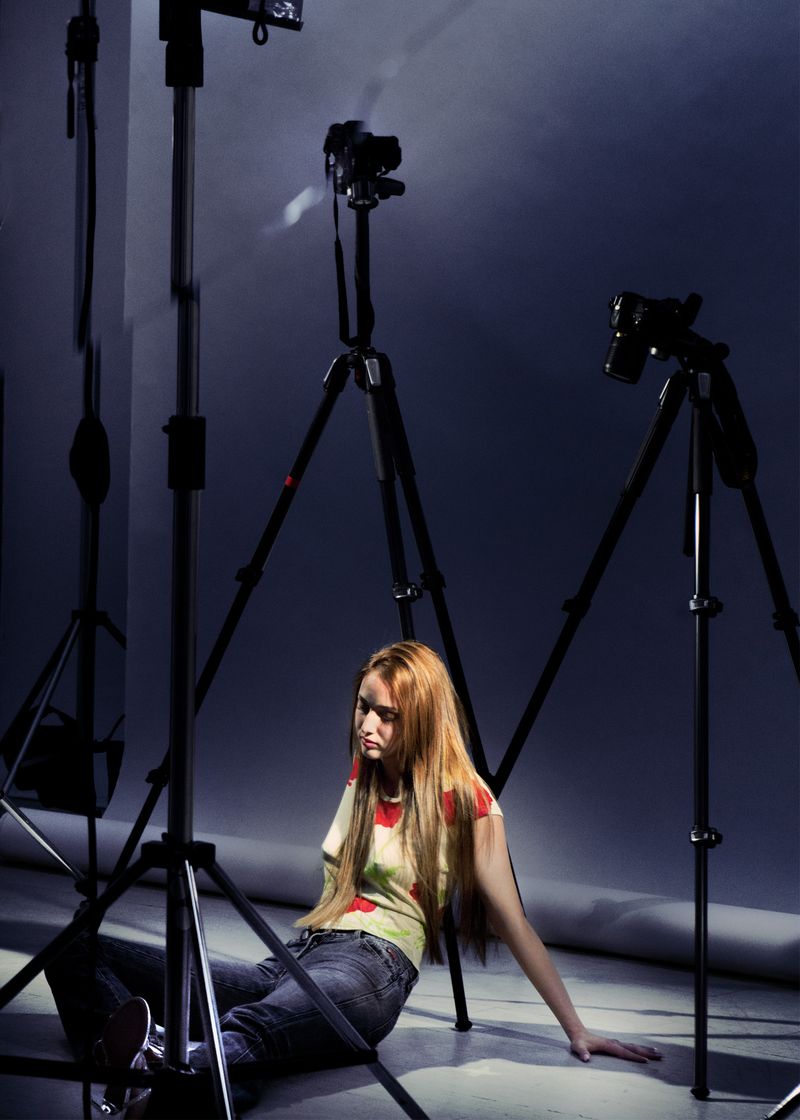Bellissima
-
Dates2023 - Ongoing
-
Author
- Locations Milan, Lausanne
-
Recognition
-
Recognition
Serie of 150 images Photobook, 320 pages. Hardcover, 17x24
I met Rebecca during one of the final evenings of the Miss Italia Lombardia regional tour. I was looking for a young girl who was not necessarily a professional model but who pursued the dream of becoming one. That night, Rebecca stood out by winning first place in the pre-finals regional stage. Proudly, she stepped onto the podium wearing the crown. She had just turned eighteen, the eligible age to participate. However, her journey ended a few weeks later: she did not pass the final casting before the Finale. If there is one thing that struck me about Rebecca, it's definitely her perseverance. Her face reveals a constant struggle between ambition, desire, and fatigue. As a former model, I could recognize that determination.
That night, I wondered: Will she fit into the system? Will she be accepted?
Inspired by the dreamlike photography in Luchino Visconti’s film of the same name, ''Bellissima'' follows Rebecca, a young aspiring model in pursuit of becoming a professional model and showgirl.
Produced over a year, this project documents Rebecca’s experiences, from our first meeting at a casting call near Milan to various auditions across Italy. She began competing at eighteen, encountering fierce critiques and constant rejection—part of the harsh, commodified system of beauty in Italian media.
Interwoven with these new images is archival footage from Miss Italia pageants, drawing a direct line to Berlusconi-era TV, which carved out hyper-sexualized, decorative roles for women. The media imagery from this era, heavily influenced by the "velina" figure, reduced women to background performers doing choreographed routines, staged in skimpy costumes—all designed for male consumption.
In Bellissima, archival images of exaggerated, infantilized poses are re-photographed through slick digital surfaces, highlighting how young women are treated as commodities through the media. In contrast, Rebecca’s new images consciously embrace the visual language of fashion, showing her striking poses emblematic of the feminine ideals demanded by the industry.
The work interrogates the cultural machinery behind these images and asks what happens when beauty becomes something intentionally produced, sold, and endlessly performed. In an industry still driven by patriarchal values, this work exposes how the camera’s gaze never operates neutrally and how beauty—however relentlessly pursued—may still only matter as long as someone is watching.
